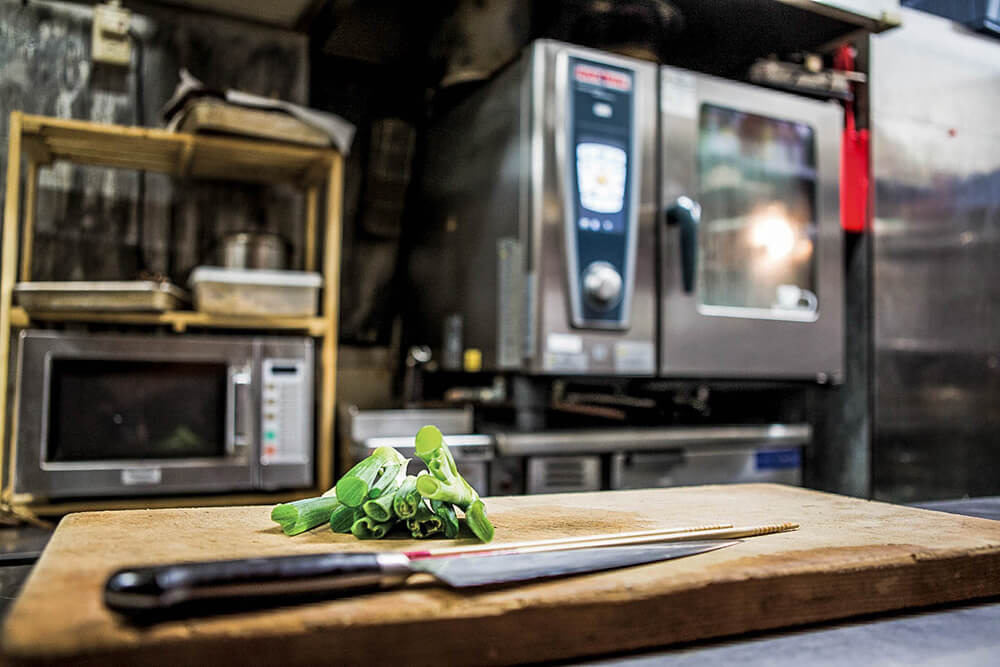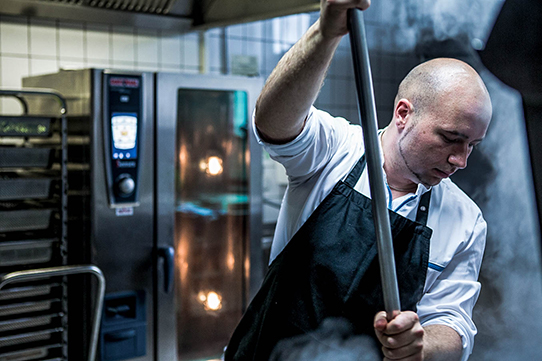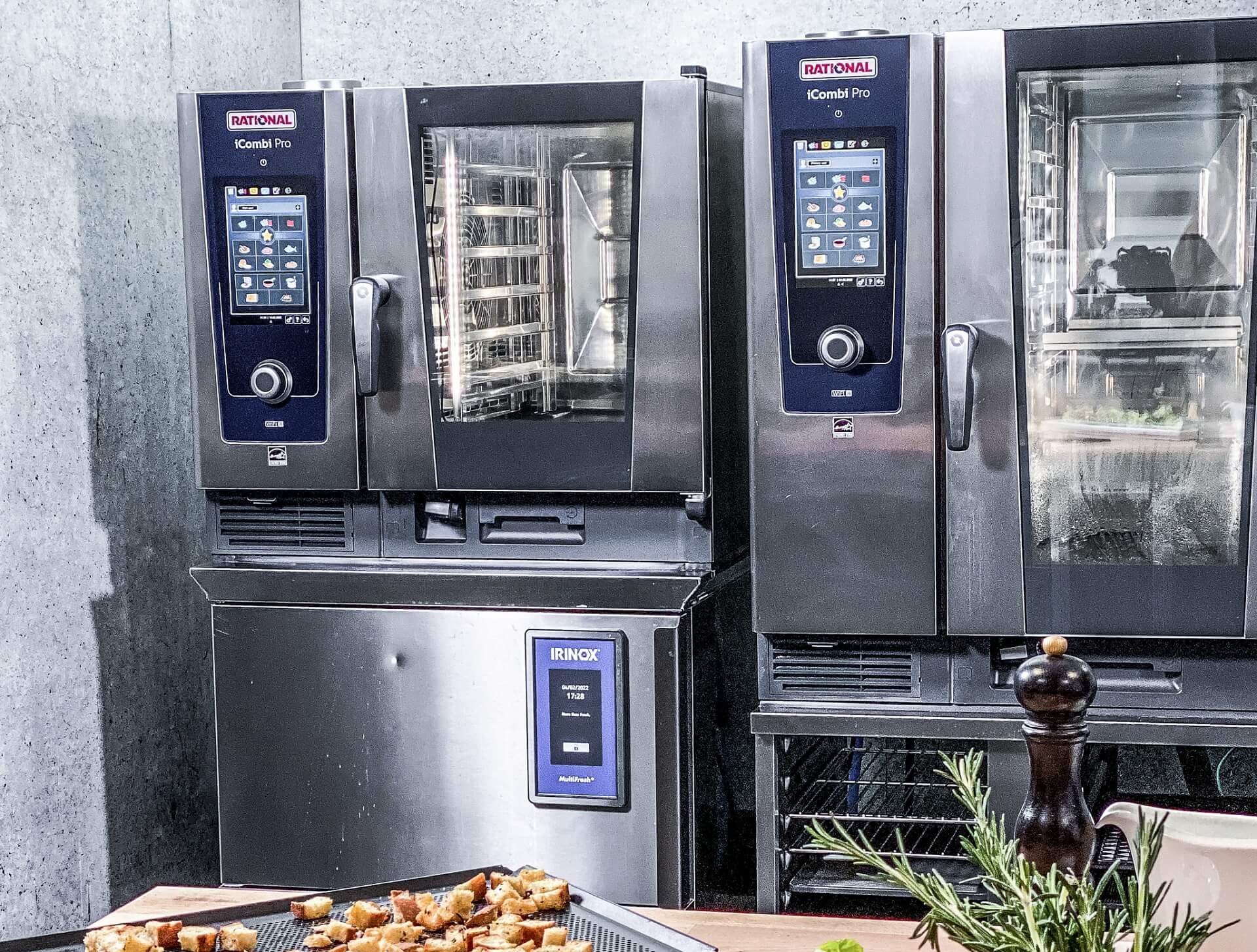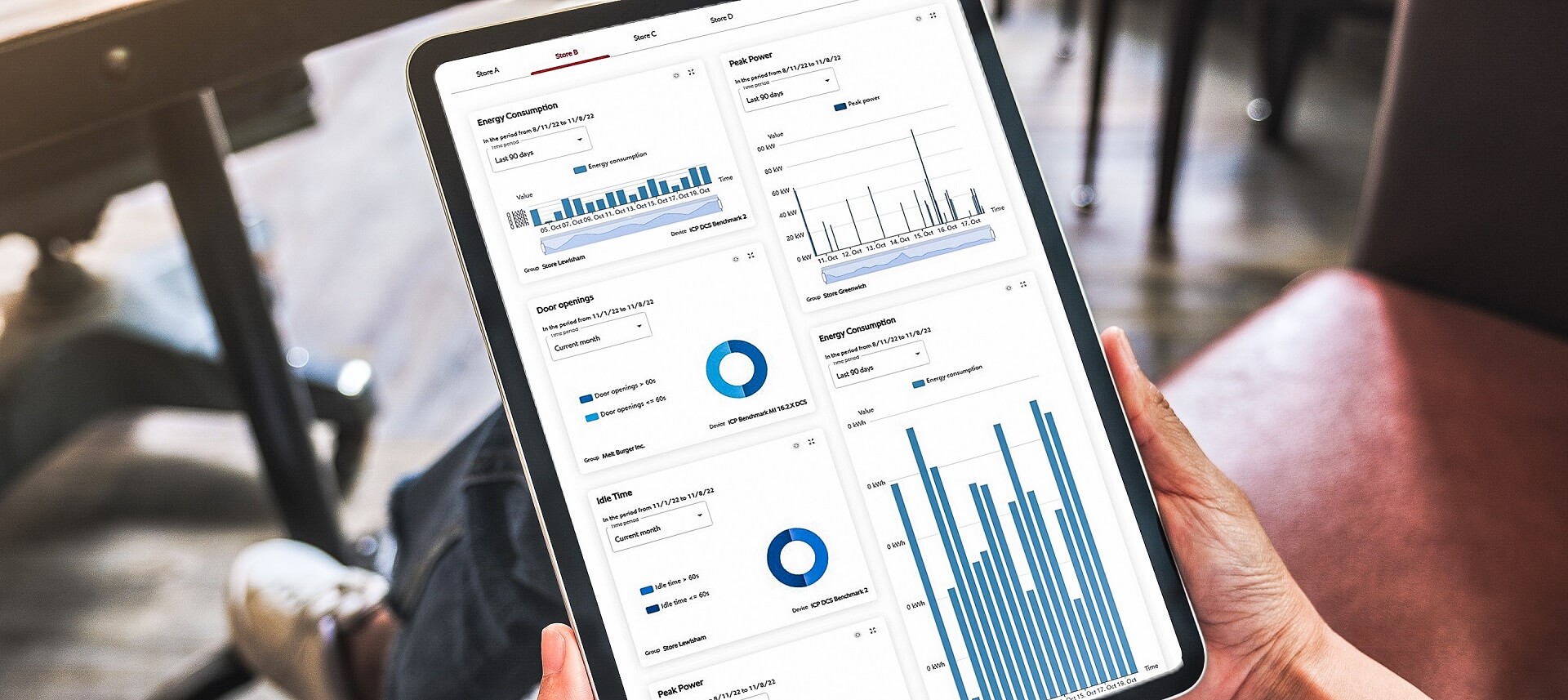Across Europe households and businesses are facing rising energy bills. These are being driven by increasing demand and concerns about supply in the wake of Russia’s invasion of Ukraine. The EU imported 21% of its natural gas from Russia in 2021 so member states and non-member states are exposed to higher energy costs. The impact on commercial kitchens has been significant.
In the light of this, what are operators doing to mitigate the costs and make their kitchens more energy efficient? The energy crisis is a huge motivation for the adoption of more sustainable practices.

Image: AdobeStock | Prostock-studio
Electrification of the commercial kitchen
In Germany the amount of natural gas imported from Russia has been reduced to 11% and the aim is to have none by the end of 2022. At the moment 46% of Germany’s energy comes from renewable sources such as wind, solar and hydro. In the US, electrification of the kitchen is the current mantra for cutting costs and increasing efficiency. However, this has been the norm in Europe for at least 20 years.
- Put covers on!
- Do not switch on cooking appliances before using them!
- Turn off the ventilation system as soon as possible!
- Close the doors of cold rooms!
- Invest in well-insulated equipment designed to reduce their consumption!
- Install and use energy monitoring systems to review!
Foodservice consultant Frank Wagner FCSI, regional chair of FCSI EAME Division and managing director of K’DREI a consultancy based in Germany, has been speaking to EcoGastro, a Swiss company that is trying to establish a single energy efficiency label for commercial kitchen equipment. This is already common practice in Switzerland; however, mostly, the rest of the world certifies the building as a whole and there are several certifications so it is not always clear which ones are reliable indicators and which may be greenwash.

Image: RATIONAL
Denis Daveine FCSI of Alama Consulting in France says, “There is no doubt that regulation systems on equipment (refrigeration, cooking, ventilation) and better insulation design (cooking, refrigeration) help cut energy costs. There are also all the monitoring systems which warn of excessive consumption, but they are often not followed up because the kitchen staff do not pay the energy bills.”
“Like any business, the foodservice industry must participate in reducing energy consumption, which will become increasingly expensive,” he adds. “However, energy does not account for much of the cost of a meal (about 1%) and so there are other priorities for managers.”
The role of the chef and tech
Wagner agrees that more efficient equipment is only part of the answer, and a lot also depends on the chef. “I remember using induction for the first time in a project back in 2001. The chef came in, put a pot of water on the stove to boil and went out for his customary cigarette while waiting. When he came back the pot had melted and ruined the equipment,” he recalls.
“There’s a new generation of chefs now that have grown up with induction. They know about heating/not heating. They know how their menu can affect the electricity cost. Vegetarian food is probably more energy efficient than cooking meat. Cooking a steak takes more energy than a cooking a cabbage.”

Image: Rational AG
Where can most efficiencies be found, is it in the hot side or cold side of the kitchen? “I think that it is on the “hot” side that there has been the most innovation with regulations, insulation and more efficient heating systems – induction for example,” says Daveine.
Efficient tech helps to save energy and money
“Dishwashing has changed the most,” says Wagner. “It now uses less water (was 6-8 liters per load, now one liter) That is the challenge to be more efficient. Less water means less power needed to heat it. I think that has been one of the biggest innovations for efficiency.”
Although as he also points out that because there is minimal wasted heat in a modern efficient kitchen there is now a need to heat kitchens whereas before that was not a consideration. So, although there are savings in kitchen equipment running costs there is an added cost to heat the space. “The costs have moved from the kitchen designer to the heating designer,” Wagner says.
On the cold side refrigeration has not seen so much innovation in the equipment itself, apart from changes to meet changing regulations. One energy saving change is the concept of central cooling systems where one machine powers the cooling in multiple fridges.

Image: Rational AG
“A central cooling system requires a special designer and pipes need to be fitted,” Wagner explains. “The systems are quite common in Germany as the government will help meet the cost of installation as they reduce C02 emissions as well as dramatically reducing operational costs. Even in countries where the government doesn’t provide financial help it is becoming more attractive, as the price of energy increases it makes sense to have two machines running instead of 10 machines for the same cooling capacity. It saves a lot, especially if reusing the heat to heat a swimming pool or to heat the building for example.”
Saving energy: good practices
The growing trend towards central processing kitchens may also have a role to play in driving efficiencies according to Wagner. “A central kitchen producing and delivering to the restaurants means less energy usage and actual kitchens in the restaurants, where the dishes are finished, can be smaller,” he explains.
“The first thing to do is to have good practices: put covers on; do not switch on cooking appliances before using them; turn off the ventilation system as soon as possible; close the doors of cold rooms; and, without doubt, buy well-insulated equipment designed to reduce their consumption,” is Daveine’s summary for making the commercial kitchen more energy efficient.
Wagner says, “For operators and chefs the best efficiencies are in induction, modern dishwashers, checking cooling equipment to ensure all the insulation is right and a proper alarm system and then menu.”
And if the energy crisis becomes insurmountable Wagner has a solution. “If all else fails we can go back to cooking on fire,” he jokes.
One way to find additional efficiencies can be found in monitoring dashboards like the one in ConnectedCooking, the digital kitchen management from RATIONAL. The dashboard is able to accurately show energy consumption in the combi steamers per cooking process, per appliance or per account.

Image: RATIONAL
Boasting control and transparency, the dashboard shows a display of energy KPIs comprised of the calculated energy consumption of combi steamers, loading time and duration and load peaks. All in real time. It is also customizable so different KPIs can be displayed for each use, while different display options can be selected (for example, a bar chart or pie chart), and sequences can be freely defined, such as the order of KPI tiles.
While less energy resources are consumed, making its application much more sustainable, there are also significant cost saving to be had. There is a savings potential through timely loading, with no unnecessary energy consumption due to prolonged pre-heating, and through efficient loading, with a low energy loss through long door openings. That savings potential continues through a reduction of peak loads, with a change in production to reduce peak loads.












